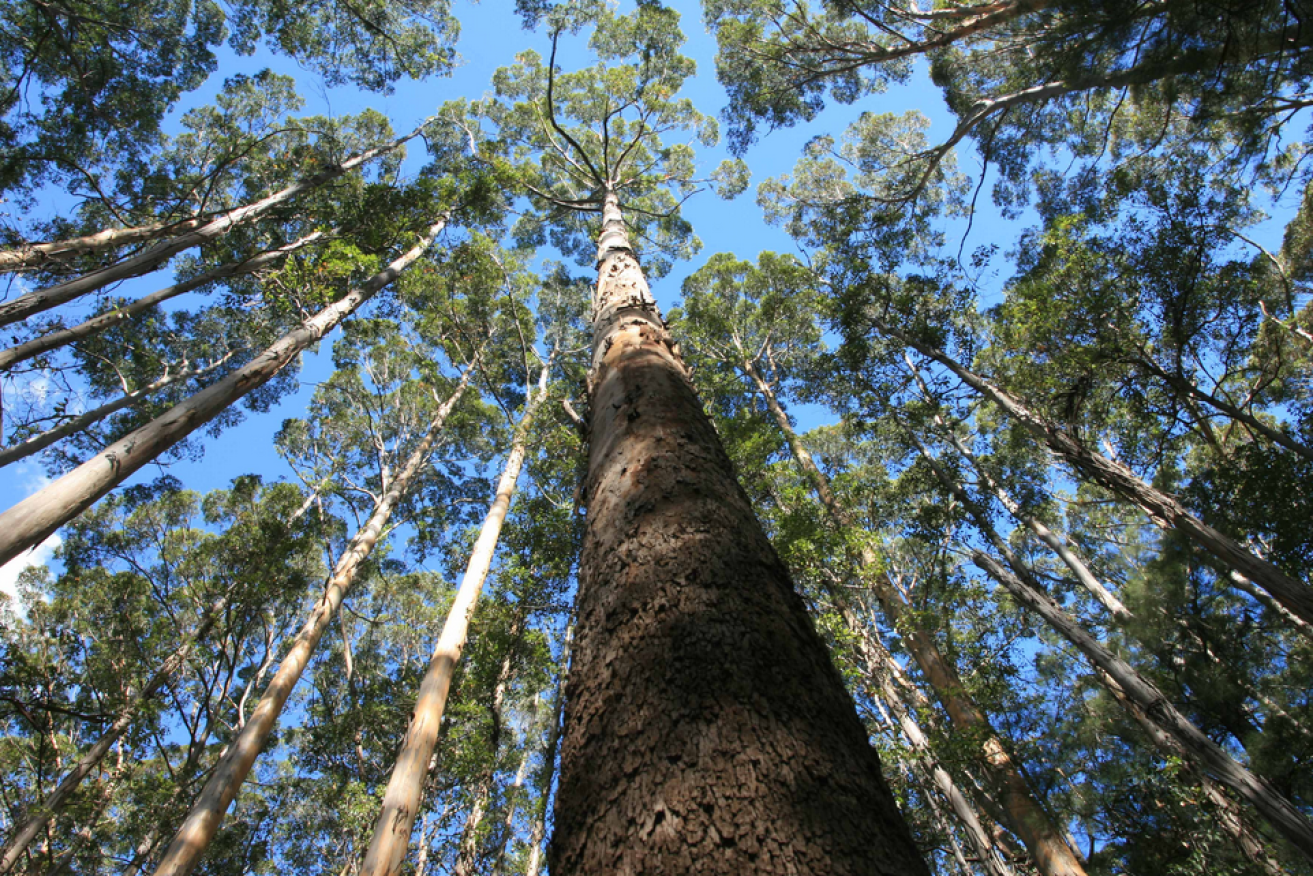Bank lending not helping Australia’s ailing environment

New research has found 22 per cent of all bank loans in Australia carry a risk for the environment. Photo: WA Government
More than a fifth of the loans issued by Australian banks have gone to high-risk sectors that degrade and destroy nature, a new analysis shows.
The Australian Conservation Foundation has commissioned research that shines a light on the impact bank lending is having on Australia’s ailing environment.
It shows $260 billion – or 22 per cent – of all outstanding Australian bank loans sit with sectors that carry high risks for nature.
They include agriculture, property, energy and resources, in that order.
Agriculture – and particularly livestock, as a sub-sector – lead the pack, accounting to close to half of all lending that poses significant risks for the environment.
The research, by Ernst & Young, comes amid international efforts to deal with corporate impacts on nature, and mounting investor pressure on companies to limit their climate and environmental harms.
The Australian government is a funding partner of the international Taskforce on Nature-related Financial Disclosures, which recently issued a framework to help shift financial flows away from entities that do damage, in favour of ones that are nature-positive.
Australia has also locked in behind a global framework to halt biodiversity loss by 2030, which calls for mechanisms for companies to disclose nature-based risks, dependencies, and impacts.
And sustainability and climate risk have consistently ranked among the top concerns raised by Australian shareholders, with mandatory climate reporting due to be phased in for large companies next year.
Ernst & Young climate change and sustainability partner Emma Herd wrote the report and says legacy practices must change if Australian banks are to fall into line.
“Nature and biodiversity risks are increasingly becoming part of the risk landscape for finance, as global commitments consolidate and national regulatory settings tighten,” she says.
“There are also significant opportunities for banks which act now to establish strong approaches to nature risk management and work with their clients to deliver rich biodiversity outcomes for Australia.”
ACF’s corporate campaigner Jonathan Moylan says Australia continues to suffer the effects of outdated valuation methods that attribute no financial worth to nature, and create financial incentives to destroy it.
“Typically, valuers will be looking at very short term things like annual yields and how much stock can be put on a paddock,” he says.
“They’re not thinking about those long-term value drivers nature provides – everything from water filtration, to soil health and climate stabilisation.”
He says systems that treat nature as worthless have created an entire industry where property developers buy land, clear it and sell it at a much higher price.
Moylan says it’s time for the banking sector to abandon its archaic practices and he warns executives could find themselves exposed if they don’t.
“We put out a report last year that found that 49 per cent of Australia’s GDP is moderately to highly directly dependent on nature.
“We need pollinators, for example. That’s a dependency. And if you have a local ecosystem collapse, and industries that rely on it are no longer viable, that can impact on a bank.”
– AAP








